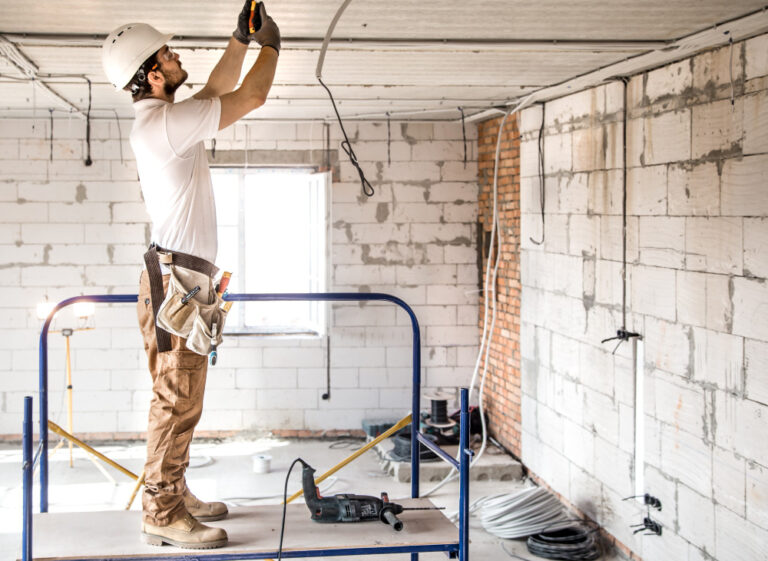A pristine and sparkling pool is the heart of your outdoor oasis, offering relaxation and enjoyment for family and friends. However, the joy can quickly fade if you suspect your pool has a leak. The good news is that there’s a simple DIY test you can perform to determine whether your pool is losing water excessively. In this blog post, we’ll guide you through the bucket test, a straightforward method to check for pool leaks, and when it’s time to call in a leak detection contractor to help.
The Bucket Test: A Step-by-Step Guide
Before you jump to conclusions about a pool leak, it’s essential to rule out factors like evaporation, wind, and regular pool water splashes. The bucket test is a systematic way to confirm whether your pool’s water loss is indeed due to a leak. Here’s how to do it:
Materials You’ll Need:
- A 5-gallon bucket (or any large container with straight sides)
- A heavy object like a rock or a brick
- A marker or waterproof tape
- A measuring tape or ruler
Step 1: Fill the Bucket
Begin by filling the bucket with pool water, leaving about an inch or two from the top. This ensures that the water level in the bucket is the same as the water level in your pool.
Step 2: Mark Water Levels
Place the bucket on the first or second step of your pool, making sure it’s fully submerged. Use a marker or waterproof tape to mark the water level inside the bucket and the water level outside the bucket (in the pool). Be precise in your markings.
Step 3: Turn Off Pool Equipment
For accurate results, turn off any pool equipment such as pumps, filters, and fountains that might cause water movement during the test. You want to minimize water disturbance.
Step 4: Wait and Observe
Now, the waiting game begins. Leave the bucket in the pool for 24 to 48 hours, making sure it doesn’t move. It’s essential to monitor the water levels inside and outside the bucket during this time.
Step 5: Compare Water Loss
After 24 to 48 hours, compare the water levels inside and outside the bucket. If both levels have decreased by the same amount, it’s likely due to evaporation or other environmental factors. However, if the water level inside the bucket has dropped significantly more than the water level outside, you may have a leak.
When to Call a Professional Leak Detection Contractor
While the bucket test is a useful tool for identifying potential pool leaks, it doesn’t pinpoint the exact location or cause of the leak. At this point, it’s wise to contact a professional leak detection contractor like Phoenix Leak Detectors for a comprehensive assessment. Here’s why:
1. Precision Detection
Professional leak detection contractors have access to specialized equipment like electronic listening devices, ultrasonic detectors, and thermal imaging cameras. These tools allow them to precisely locate the source of the leak, whether it’s in the pool structure, plumbing, or equipment.
2. Prevent Further Damage
Ignoring a pool leak can lead to structural damage, equipment malfunction, and increased water bills. Professionals can identify and address the issue promptly, preventing further damage and potentially saving you money in the long run.
3. Expert Solutions
Once the source of the leak is identified, professionals can recommend the most appropriate and cost-effective solutions for repair. This ensures that the problem is fixed correctly, minimizing the risk of recurrence.
Conclusion
The bucket test is a simple and effective way to determine whether your pool is losing water excessively and may have a leak. If the test results indicate a potential issue, it’s essential to contact a professional leak detection contractor like Phoenix Leak Detectors to assess and address the problem. Prompt action can help you enjoy your pool oasis worry-free and avoid costly damage in the future. So, if in doubt, don’t hesitate to reach out to the experts to keep your pool pristine and your peace of mind intact.







